There are three phases to becoming certified in scuba diving and they all have to be completed before it is possible to go out on unsupervised dives. This applies all over the world.
The first of these is knowledge development. This provides the diver with the basic knowledge that they need. The trainer will explain exactly what sho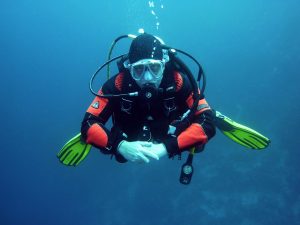 uld be considered when planning a dive, how the diver should choose the right equipment and diving procedures such as the use of underwater signals. The PADI Open Water Diver Manual is essential for anyone wanting to learn to dive. This can be done online or with an instructor. The end of each chapter is followed with a test to ensure that the reader has understood. A PADI instructor should be on hand to make sure that the learner has understood everything. When the course is ended there will be a final exam. Videos and demonstrations will also help with this part of the training.
uld be considered when planning a dive, how the diver should choose the right equipment and diving procedures such as the use of underwater signals. The PADI Open Water Diver Manual is essential for anyone wanting to learn to dive. This can be done online or with an instructor. The end of each chapter is followed with a test to ensure that the reader has understood. A PADI instructor should be on hand to make sure that the learner has understood everything. When the course is ended there will be a final exam. Videos and demonstrations will also help with this part of the training.
The next stage is confined water dives. These are often done in a swimming pool or in calm waters along the coast. This is where all the skills learnt in the first stage of scuba diving training can be put into practice and it gives the learner the opportunity to become familiar with all the equipment required. During this phase the learner will be taught how to set up the scuba equipment, how to remove water from the mask, getting in and out of the water, navigating underwater, the various safety procedures and buoyancy control. The instructor works with the learner until they are comfortable with all of these things.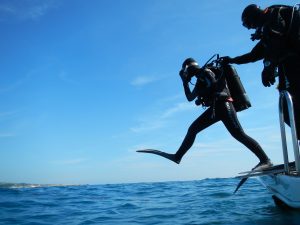
The final stage is the open water dives. This is where the learner goes out with an instructor and completes a number of dives under supervision. These are usually done over a period of two days. It is a great opportunity to explore the underwater world and the learner can put everything that they have learned into practice. This type of training can be done almost anywhere but many people opt to do it while they are on holiday. The instructor can also explain to you how to transfer to other instructors if you start learning in one location but then decide to finish your training in another.




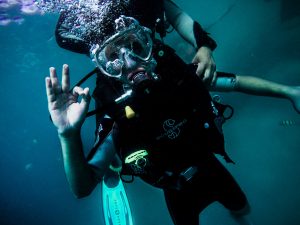 different angle. One example is the hot air balloon trips that can be taken across the Serengeti, seeing the wildlife at close quarters but definitely out of reach. Alternatively there are hot air balloon festivals in a variety of other destinations including a number in the USA and Europe at various points during the year.
different angle. One example is the hot air balloon trips that can be taken across the Serengeti, seeing the wildlife at close quarters but definitely out of reach. Alternatively there are hot air balloon festivals in a variety of other destinations including a number in the USA and Europe at various points during the year.
 for anyone looking to enjoy everything this stunning natural wonder has to offer.
for anyone looking to enjoy everything this stunning natural wonder has to offer.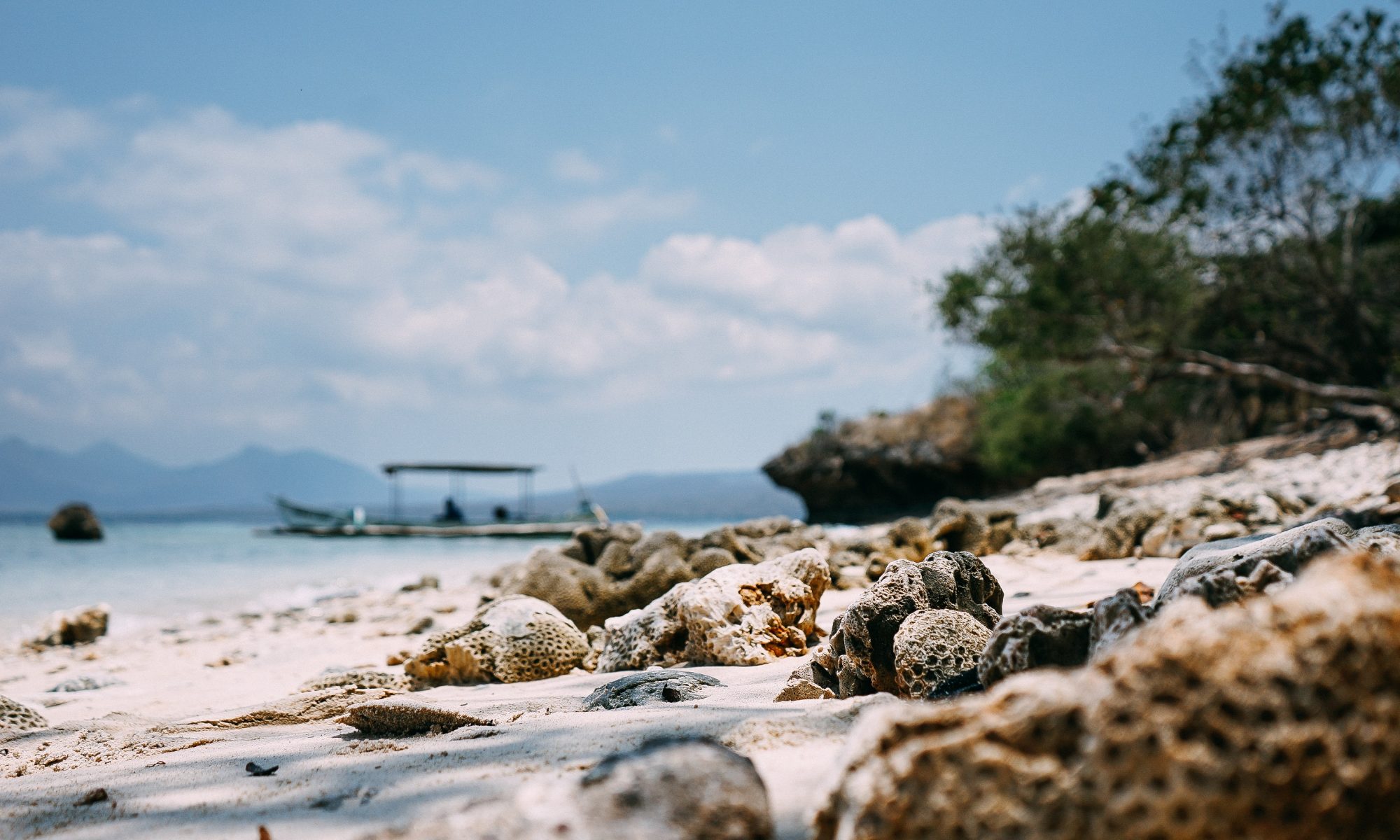
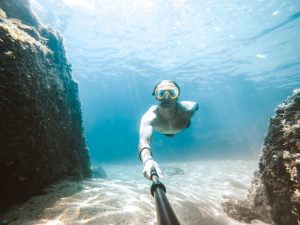 ch less touristy, so it is possible to enjoy the fortress built by the Incans with much less hustle and bustle from crowds. The view of the Vilcabamba Range of mountains is also stunning.
ch less touristy, so it is possible to enjoy the fortress built by the Incans with much less hustle and bustle from crowds. The view of the Vilcabamba Range of mountains is also stunning.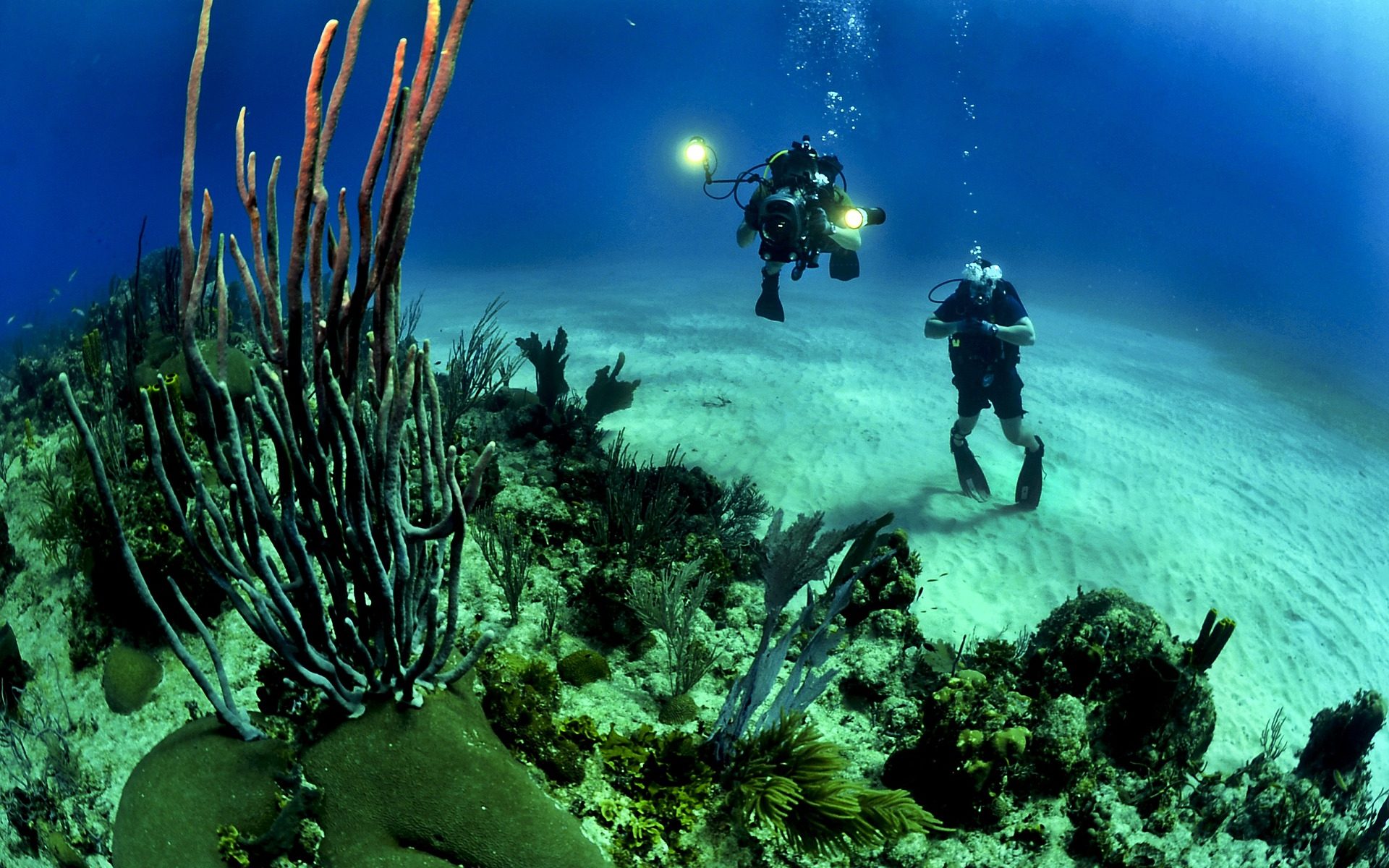
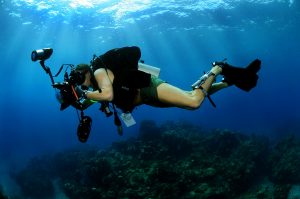 s. The air that is used in the tanks is compressed air and it is the same as the air that we breathe outside. It is part oxygen, part nitrogen and also contains some other gases. While many people believe that it is actually oxygen, it is not because that would be dangerous.
s. The air that is used in the tanks is compressed air and it is the same as the air that we breathe outside. It is part oxygen, part nitrogen and also contains some other gases. While many people believe that it is actually oxygen, it is not because that would be dangerous.